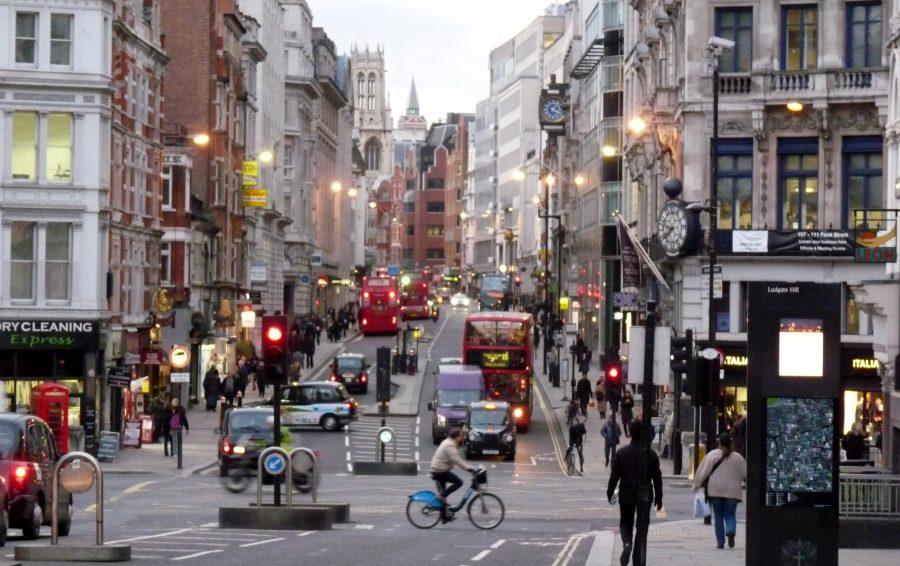Heads out of your phones, look both ways!
October 18, 2016
From the time I was old enough to walk, a simple phrase has been told to me time and time again. It was drilled into my head, as it should be in every young child’s head: “look both ways before crossing the street.”
I had always heard it from my parents, my teachers and many other adults in general. It seemed like a no-brainer being told this as a kid, so one would think this piece of advice would still be common sense.
Unfortunately, what we were taught then doesn’t seem to be as important to us now that we are adults. It is a rare occasion to spot a student looking for cars before they cross University Ave.
Students don’t look for cars because they are walking on crosswalks, and crosswalks are supposed to be safe for all pedestrians to walk in.
It is always the driver’s responsibility to be watching for pedestrians in crosswalks, but as an adult, take charge of your own life and be aware of your surroundings. Having the attitude that cars will always stop for you is maybe ideal, but certainly not realistic.
I’ve witnessed a few too many close calls throughout the campus because the driver is either going too fast or is unaware of the many crosswalks throughout the UND campus, and the student walks out into the road without looking.
As a student who frequently walks and drives on campus, I have been on both frustrating sides of the issue. There are many drivers who are not paying attention or simply do not care enough to stop, which is a problem for the students trying to cross the street.
On the other hand, there are students who are walking down the sidewalk one second, and lunge out onto the road with no warning the next second.
As a driver, when students are on their phone or with a group of friends, it is nearly impossible to tell when they will suddenly walk onto the road sometimes without even being faced in that direction.
Even though you have the right of way, for your own safety, you should give the drivers some warning that you will be crossing the street.
A person travelling the speed limit can only stop so fast if they don’t realize you are about to cross. Look up to make sure they are acknowledging you and that they are for sure going to slow down to let you cross.
There are many laws protecting pedestrians in crosswalks, but there are a few rules to follow.
According to the National Conference of State Legislatures (NCSL) website, in the section about pedestrian crossings within the state of North Dakota, “Pedestrians may not suddenly leave the curb and enter a crosswalk into the path of a moving vehicle that is so close to constitute an immediate hazard.”
All of this is assuming that the students are always crossing the street within the crosswalks. UND has many marked pedestrians crossing all throughout its campus, so it should not be a problem for students to find one to walk across.
Whether you think the cars will always stop or not, when not in the crosswalk, it is the pedestrians job to yield to the driver.
The NCSL website also states that, “Pedestrians must yield the right-of-way to vehicles when crossing outside of a marked crosswalk or an unmarked crosswalk at an intersection.”
It may not seem like a big deal because the vehicles driving down University should be going around 20 miles per hour.
Getting hit by that speed while in a car is a whole different story than getting struck on foot or on a bike. 20 mph may not seem very fast, but to the human body, that can do some serious damage.
For a vehicle moving at that speed to hit a walker or a biker would be the equivalent of falling from a 13 foot building. Injuries are very likely, and there is even a 10 percent chance of death.
Unfortunately, vehicle and pedestrian crashes end in fatalities much too often.
On pedbikeinfo.org, it says in 2014 alone, over 12 pedestrians were hit and killed by cars in the United States every day of the year.
We are always so busy staring down at our phone to take a look around us to be aware of our surroundings. Take the extra couple seconds to know what is going on around you and make sure the cars zooming up and down the street will slow down for you before you step out onto the road.
Emily Gibbens is an opinion writer for The Dakota Student. She can be reached at [email protected]


